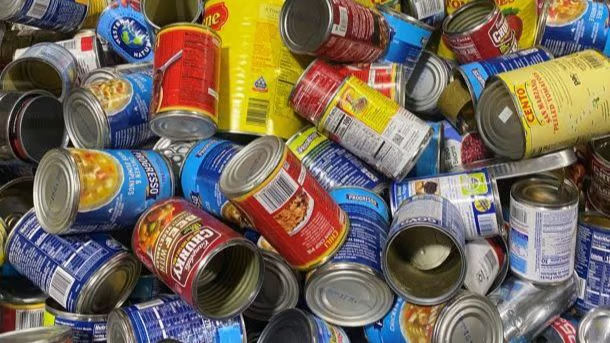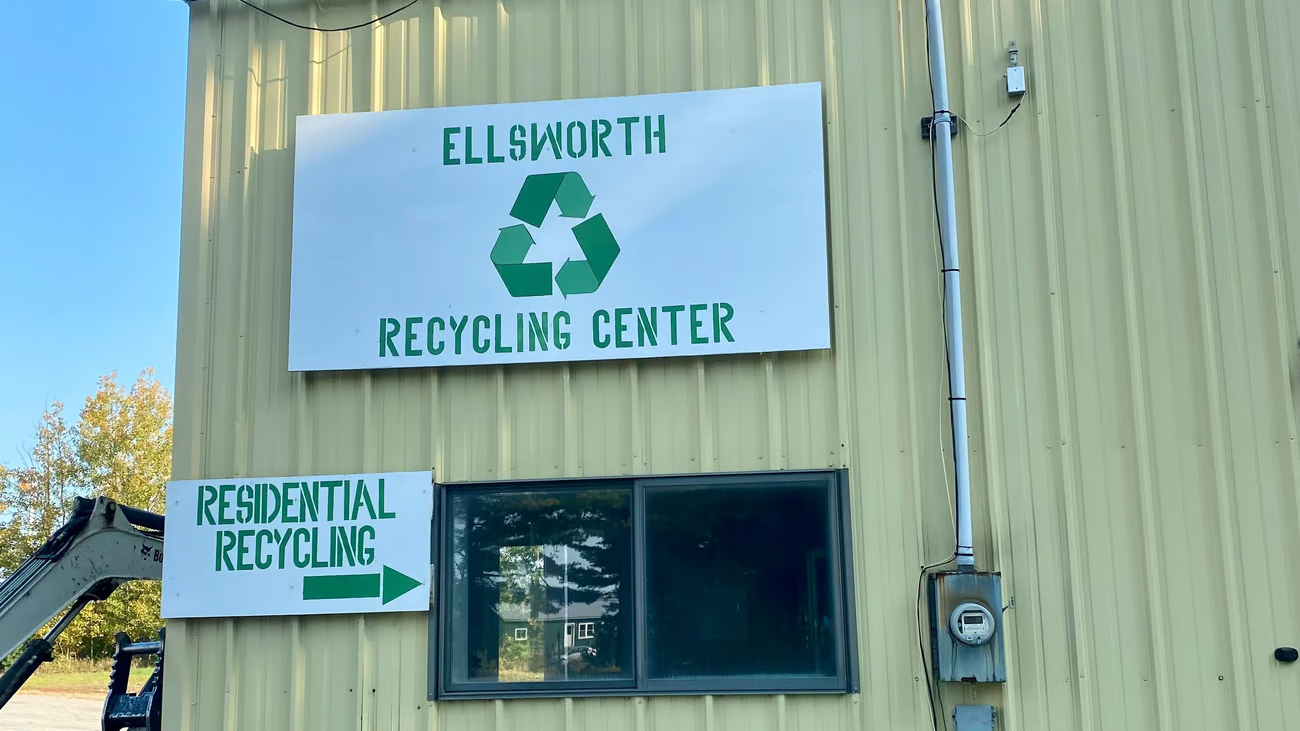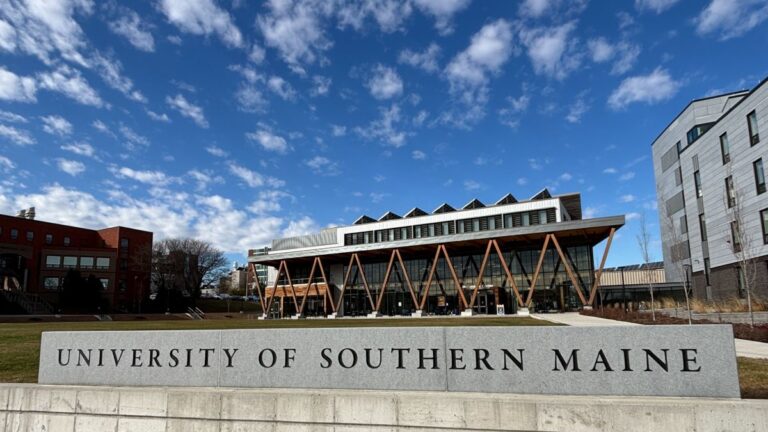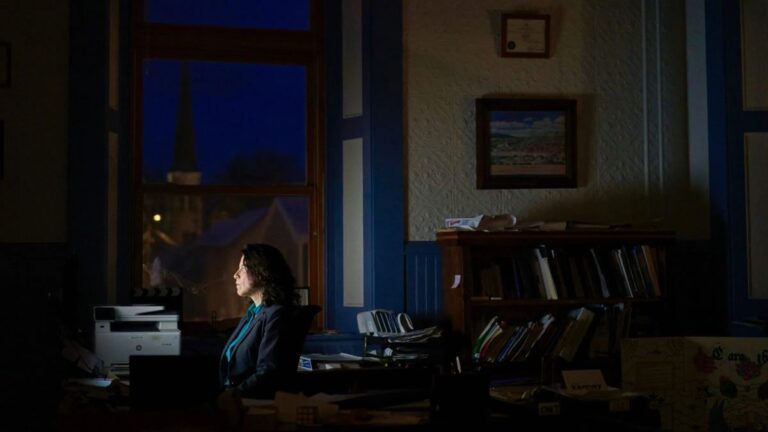The Maine Board of Environmental Protection has finalized rules intended to reduce the amount of packaging waste produced in the state while boosting municipal recycling infrastructure and shifting costs onto companies and packaging producers.
Members of the board, which oversees the Department of Environmental Protection, voted four to one on Thursday afternoon to move the program forward. Board Chair Susan Lessard was the sole vote against the motion. Member Robert Marvinney was absent.
The new program will be managed by the DEP and a third-party packaging stewardship organization, which will be contracted with the state and be responsible for collecting funds, writing reports and working with municipalities on implementation.
How much a company will pay will depend on its size and the type and weight of packaging being produced. Franchisees and nonprofit organizations are not considered producers under the rules.
Before the vote, Lessard said that while she appreciated the years of work that staff put into the rules, “The recycling piece isn’t our biggest problem right now. For anyone north of Augusta, solid waste disposal is our biggest problem… everything’s going to the landfill. We have no choice.”
Lessard, who is also the town manager of Bucksport, said she suspected that many rural communities would struggle to participate in the new program. “The roadblocks… are structural.”
Brian Beneski, who supervises recycling programs for DEP, said in response that “The ultimate goal is for this to help increase municipality recycling by providing money for recycling. And the more you can recycle the less amount of material you’ll have to pay for disposal. I mean, that’s the grand plan.”
Supporters of the plan said similar programs have been in place in Europe and Canada for decades and have been successful in reducing packaging waste, streamlining recycling programs and forcing producers to redesign their packaging.
Maine has other producer responsibility programs, such as those for paint, mercury thermostats, batteries and unused drugs, which have been in place for years. The idea to create one for packaging was first introduced nearly five years ago, and the rules have been under development for the past three years.
“Programs like this,” said Sydney Harris, policy director for the environmental advocacy group Upstream, “have been operating successfully around the entire world for decades, literally 40, 50 years.”
Each one is a bit different, said Harris, to reflect regional realities on the ground. “But these programs work. They work everywhere that they are implemented. They are going to work here, and it’s really beyond time to move forward with implementation.”
Businesses around the state have raised concerns about the implementation of the rule and called for a halt to the proposal in a letter to Gov. Janet Mills earlier this week.
“We’re concerned that the proposed rules are overly complex, difficult for producers and retailers to comply with,” said Mark Page, general manager of Oakhurst Dairy, at the meeting on Thursday. “We support the intent of this rule. We all want to be sustainable actors. But as it’s currently drafted, we’re concerned that it might be unworkable.”

The rules set a goal of having 60 percent of municipalities statewide participate in the program within the next ten years. Within the next 25 years, the goal is to reduce the total weight of packaging material reported by producers by 60 percent.
It also sets new recycling targets for the state of 60 percent within the next decade. Maine has never met its current goals — in place for decades — of recycling 50 percent of the state’s waste, and has struggled to manage the municipal waste going to landfills, which shot up 47 percent between 2018 and 2022, according to a report released in early January by the Maine Department of Environmental Protection.
Advocates say the new program will aid not only in streamlining recycling infrastructure and shifting costs onto producers and away from municipalities but will also improve the state’s data on recycling, which is woefully incomplete.
As The Monitor reported in 2021, despite a requirement that municipalities report to the DEP every two years on their waste management and recycling practices, the department received fewer than 150 reports from Maine communities out of the nearly 500 that were notified.
Even those that did submit reports left pages blank, reported recycling rates of more than 100 percent, or reported a recycling rate of 5 percent while reporting “0” for the tonnage of waste recycled or composted.
Under the new rules, the third-party packaging stewardship organization will be required to report on a variety of benchmarks each year. It will also be required to conduct “disposal audits” of the waste stream at least once every ten years “to determine the relative weight and volume of packaging material in the disposal stream, by packaging material type.”
As the board voted to approve the rules, Lessard said she wanted residents to understand that members knew the rules might mean an increase in the costs to the consumer.
“We are moving this cost off the property tax to something else… it will have to go somewhere else, because producers won’t add cost to their system without moving that cost along.”







